It’s often called “the Pearl of Africa,” and with good reason. Uganda has captured the hearts of many travelers throughout the years. In fact, many believe it was Winston Churchill that coined the nickname. And the name is true. With its tropical climate, beautiful lakes, rich greenery, and warm culture, it is truly a place to behold.
But hop on a boda boda (motorcycle taxi) and travel down the winding red dirt roads, and you’ll discover another side to the country, one that’s more than a tourist destination. It is a land full of strong people who have survived a number of wars. Now, they are facing a different threat — starvation. And those survivors? Without help, they will die.
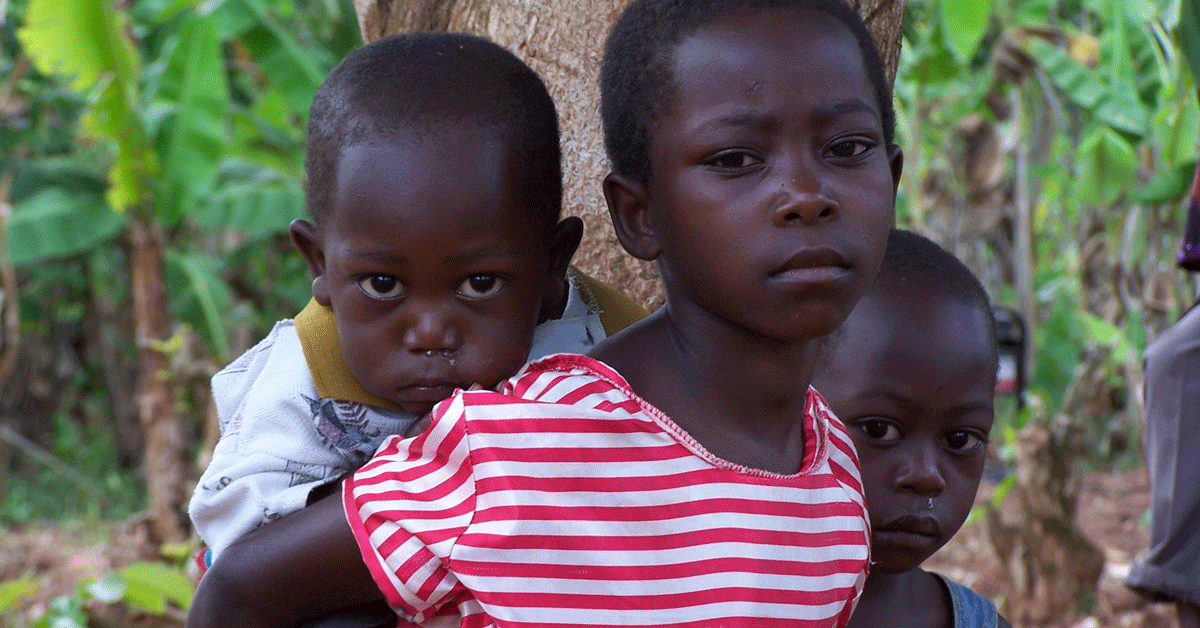
The history of Uganda
Uganda was originally home to hunter-gatherers — tribal groups who mastered living off the land. However, once the country was discovered by other nations, everything changed.
In 1962, Uganda gained its independence from Great Britain and officially became its own nation, but things were not easy for the fledgling country. It was a land made up of smaller kingdoms, kingdoms whose leadership did not always agree with the leadership of the country as a whole.
Eventually, the traditional kingdoms within Uganda were dissolved, but peace was still not to be found. In 1987, a terrorist group called the Lord’s Resistance Army (LRA) arrived on the scene.
For the next two decades, the group’s fanatical leader, Joseph Kony, encouraged his followers to attack villages throughout Uganda, massacring families and abducting children to be trained as soldiers. While their activity has died down over the past few years, the group and its leader are still at large.
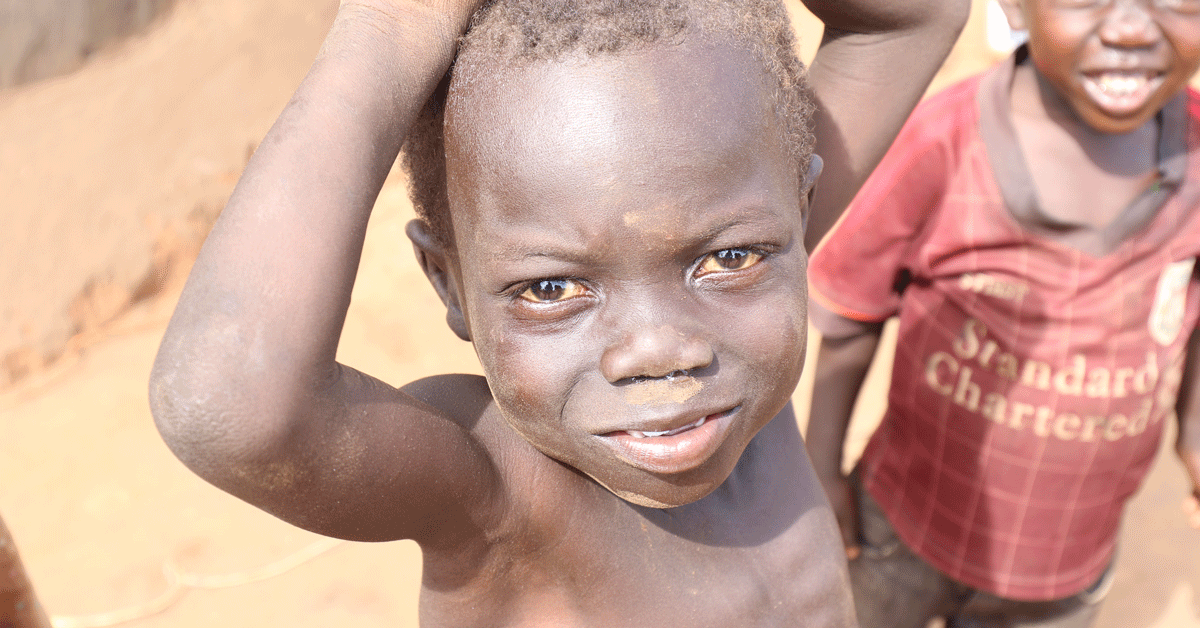
This ongoing violence and unrest have led to another major problem — widespread hunger. Where there is unrest, there are generally economic problems. Many Ugandans struggle to pay for a safe place to live, much less regular, nutritious meals.
Countless people have died simply because they can’t afford to eat.
Now, with the recent influx of more than a million refugees from places like South Sudan, the country of Uganda has found itself on the Global Hunger Index.
So, what is the Global Hunger Index?
The Global Hunger Index is a tool designed to assess and predict the level of extreme hunger in countries around the world. Scores are given based on the country’s food supply, the levels of childhood malnutrition, and the mortality rate of children under age 5.
The first few years of a child’s life are the most critical to a his development, and the index simply asks, “How many of the nation’s children will actually reach adulthood?”
In Uganda, the percentage of the population facing malnutrition has continued to rise.
Why is Uganda in crisis?
Political unrest, economic stress, and the terror caused by the LRA are just a few of the reasons Uganda is ranked amount the top 15 hungriest countries, according to the Global Hunger Index.
The majority of Ugandans — 84 percent — live and work in rural communities, and they rely on agriculture for food. This means one drought or natural disaster can leave almost the entire country desperate for food.
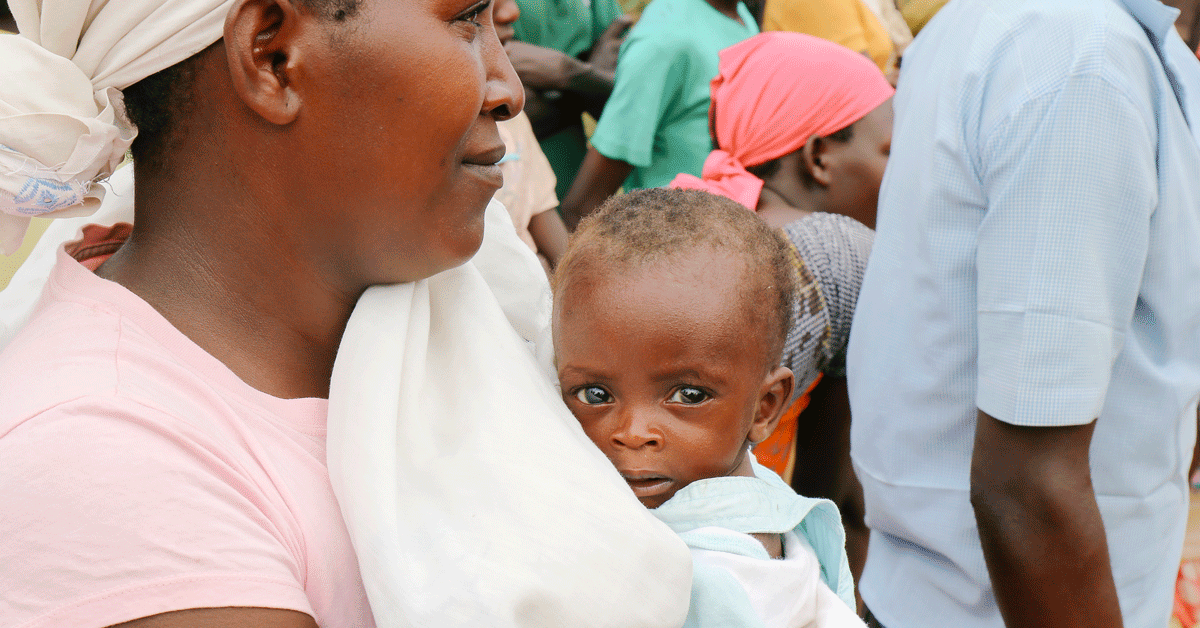
Not to mention, the ongoing violence has forced made people to leave their homes. When they’re not at home, they can’t tend their gardens to grow crops or earn money.
Since there are few food storage facilities, what food is grown often goes bad during the rainy season before it can all be eaten. The lack of shelf-stable food also impacts Uganda’s newest residents: refugees from South Sudan and the Democratic Republic of the Congo.
Bosco is a refugee from South Sudan who has been living in Uganda’s refugee camps since 2016. He left everything behind — his work, his home, his farm — in the hopes of survival. But when he arrived in Uganda, he discovered a different threat.
“After we came here, it was so difficult for us,” Bosco said. “We had nowhere to go, and finding food and staying healthy was so challenging. I even thought about going back to South Sudan.”
Uganda took in over 1.5 million refugees — more than any other African country — but now there simply isn’t enough food to go around.
Who is starving?
Hunger does not discriminate. It doesn’t show mercy toward women and children, and these are the people who often suffer from it the most.
Many of the refugees in Uganda are single mothers and orphans — people who have lost their families and struggle to provide for themselves on their own. The same is true for the widows and young children native to Uganda. They are on their own in a world that is often unkind to those considered to be weak, and they are fighting to keep from starving.
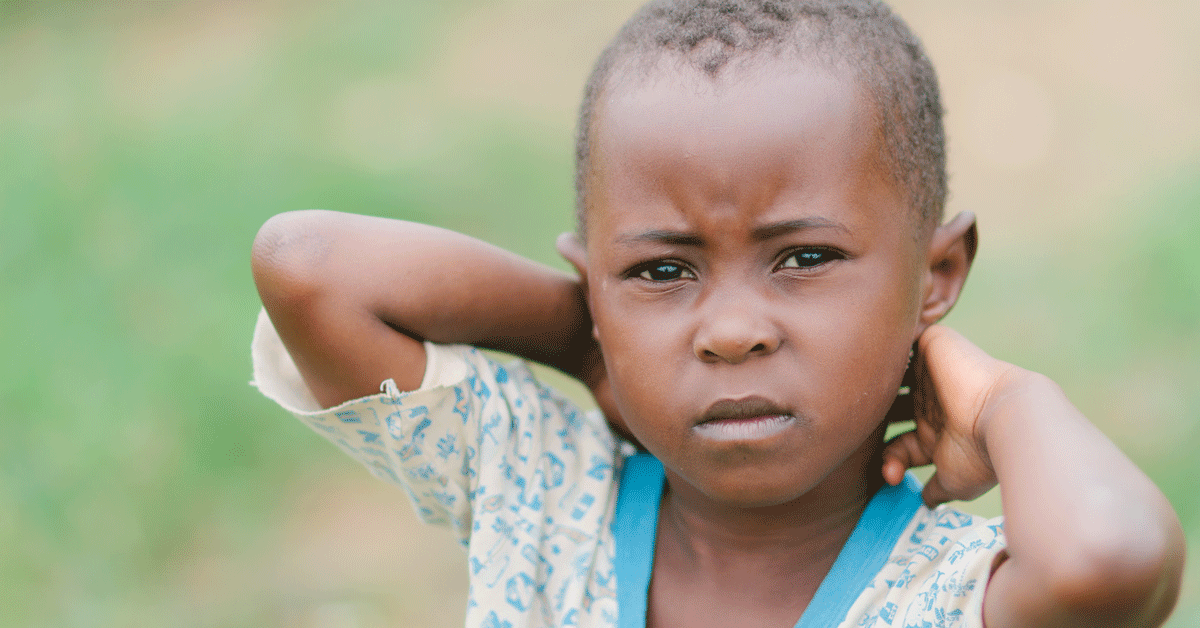
At a young age, Elia has already seen much suffering. She is a student, but instead of focusing on school, she is conscious of the ever-present threat of starvation.
“Here in Uganda I have seen people starve, sleep on hungry stomachs, and others die because of lack of food,” Elia said.
Can you imagine what it’s like to grow up watching people starve? Children like Elia are constantly at risk of starvation, and malnutrition impacts every part of their lives.
What does starvation in Uganda look like?
The Food and Agriculture Organization of the United Nations simply defines hunger as “the consumption of too few calories to provide the minimum amount of energy that each individual requires to live a healthy and productive life.”
But it goes beyond that. Children in Uganda are more than just hungry — they are undernourished. They are starving. In refugee camps and poor communities, most cannot remember the last time they ate a healthy meal. Every day they become more and more malnourished, and every day their bodies continue to shut down.
There are the physical impacts, of course. The swollen bellies, the painful cramps, the exhaustion, and the brittle hair and sores. Once the body has run out of fat to burn, it begins to use other things — organs, tissue, etc. The body literally begins to consume itself until the child eventually and painfully dies.
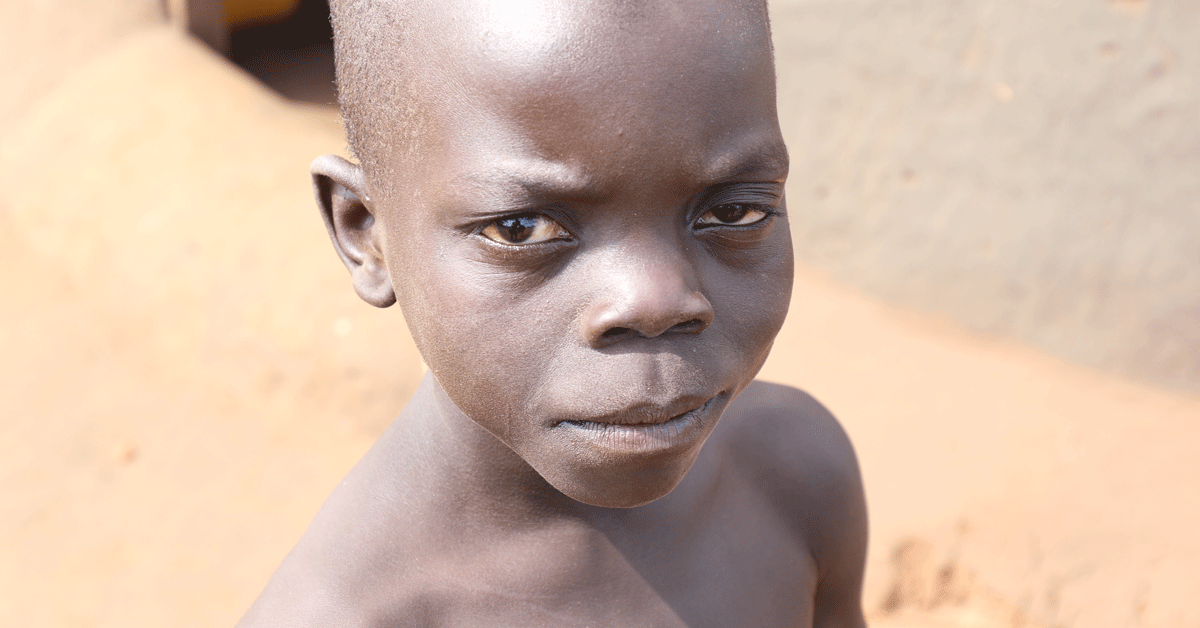
But there are impacts you cannot see.
Because malnutrition steals children’s energy, they struggle in school and struggle to do chores. Even if the child survives, his future has been compromised by hunger. Mike Mbayo is a teacher in Uganda, and he has seen this firsthand.
“As a teacher, it is very difficult to teach learners while they are hungry,” he said. “They cannot be attentive and concentrate in class. They cannot grasp the topics that are taught.”
Without an education, students are less likely to find a steady job in the future. And without a good job, they will struggle to feed their own families.
How can you help?
For just $40, you can provide enough food to feed a starving child for an entire year. Whether your gift helps a child in Uganda or another country in crisis, you will be helping save the life of a boy or girl in urgent need.
By helping provide food for a child, you will be the hands and feet of Jesus in some of the most impoverished places around the world. You will provide joy and hope to people who have been devastated by war, violence, famine, and poverty. And you will give one child the chance to survive and to grow up healthy and strong.
You have the power to save a child’s life today.



